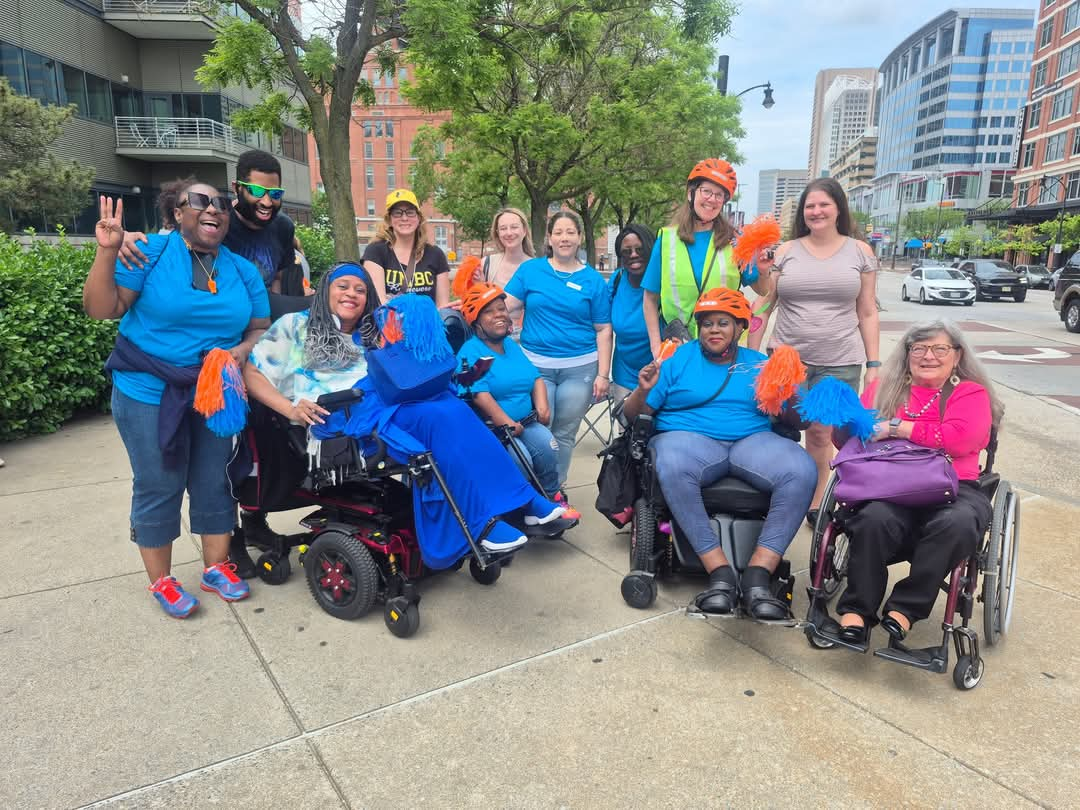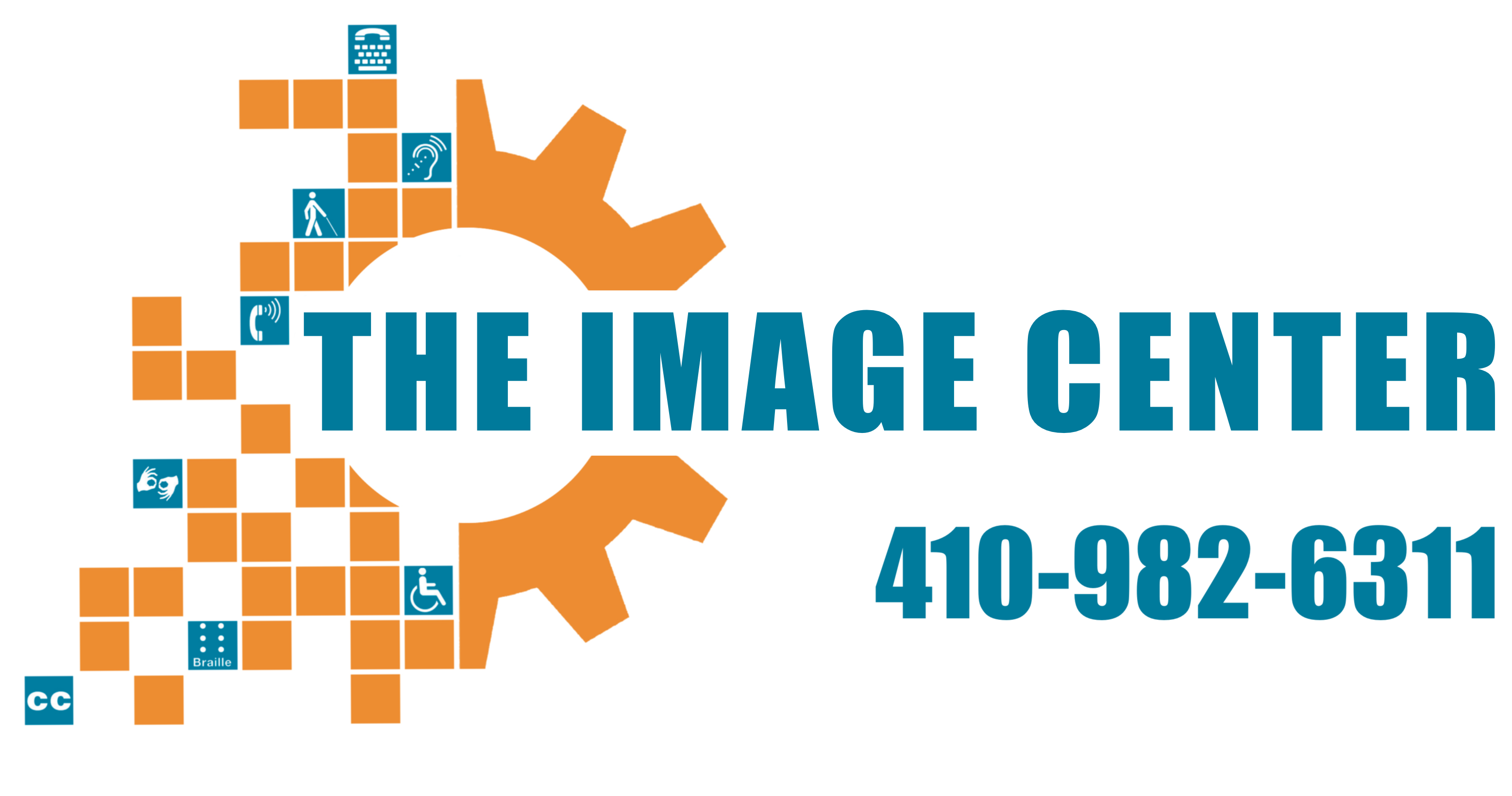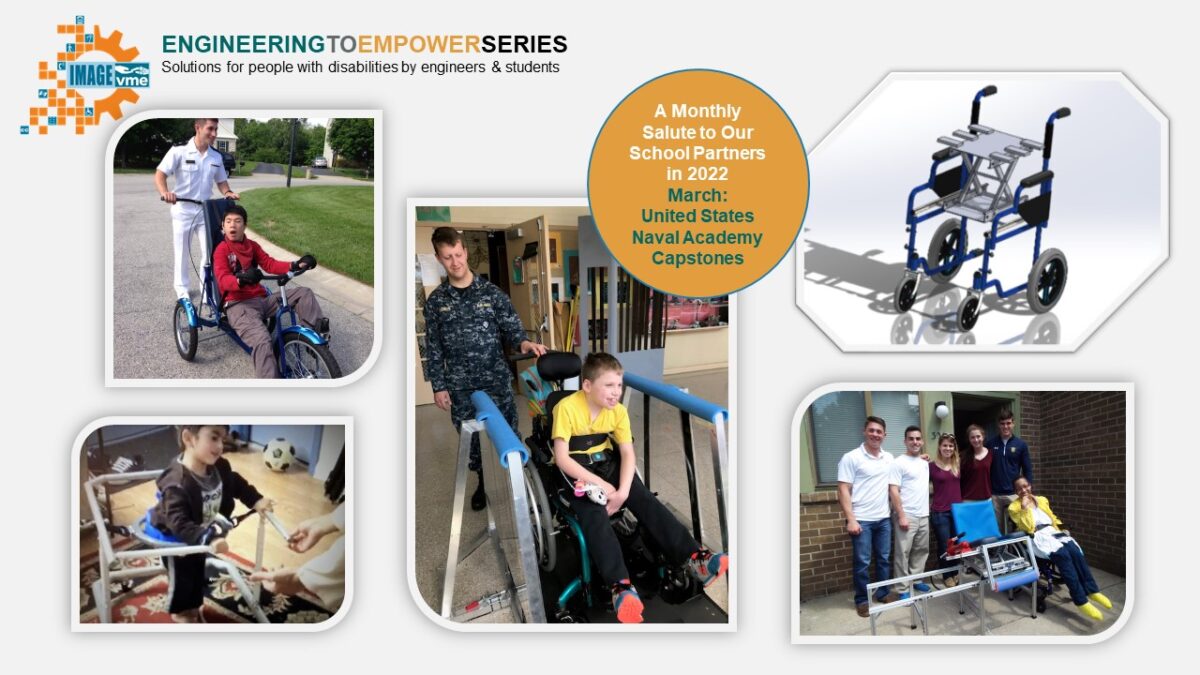What a month! On behalf of everyone at The IMAGE Center, thank you to our incredible community of supporters, donors, and consumers for making Independent Living Month 2025 such a success. Every event was a vibrant reminder of the power, creativity, and resilience of our disability community. We kicked off on Saturday, May 3, with […]



